Did you know that cilantro, also known as coriander, is not just a flavorful herb but also a nutritional powerhouse with a range of potential health benefits?
Derived from the Coriandrum sativum plant, cilantro is commonly used in Central American, Middle Eastern, and Asian cuisines for its distinct aroma and taste. However, there’s more to cilantro than meets the eye.
From promoting brain health to reducing anxiety and managing blood sugar levels, cilantro has been associated with various health benefits. Not only that, but it also possesses antioxidant and anti-inflammatory properties, making it a valuable addition to a balanced diet.
In this article, I will explore the numerous benefits and uses of cilantro, including its nutritional value, potential effects on hair and skin health, and even how to grow your own cilantro at home. Let’s dive into the world of cilantro and discover its fresh take on wellness!
Key Takeaways:
- Cilantro, also known as coriander, is a fragrant herb commonly used in different cuisines.
- It offers potential health benefits such as improved brain health, reduced anxiety, and blood sugar management.
- Cilantro is a nutritional powerhouse, rich in vitamins and minerals.
- Its antioxidant and anti-inflammatory properties may help protect against chronic diseases.
- Cilantro is associated with healthy hair and skin due to its antioxidant content.
Health Benefits of Cilantro
Cilantro, also known as coriander, not only adds a fresh burst of flavor to dishes but also offers several potential health benefits. Let’s explore the ways in which cilantro can contribute to your overall well-being:
1. Improved Brain Health
Studies have shown that cilantro extract may have a positive impact on brain health. It has been connected to reduced symptoms of cognitive diseases like Alzheimer’s and Parkinson’s, offering potential support for brain function and memory retention.
2. Reduced Anxiety
Animal studies have suggested that cilantro may have anti-anxiety properties. Incorporating cilantro into your diet may help promote a sense of calm and relaxation, reducing anxiety levels and enhancing overall mental well-being.
3. Blood Sugar Management
Cilantro’s ability to help manage blood sugar levels has been well-documented. It contains bioactive compounds that may assist in regulating glucose metabolism, making it beneficial for individuals with diabetes or those at risk of developing the condition.
4. Prevention of Foodborne Illnesses
Cilantro possesses natural antimicrobial properties that can help protect against foodborne illnesses. The antimicrobial compounds found in cilantro have been shown to have a beneficial effect in reducing the growth of harmful bacteria, such as Salmonella and Escherichia coli.
To better understand the health benefits of cilantro, take a look at the table below, which summarizes the key findings:
| Health Benefit | Research Evidence |
|---|---|
| Improved Brain Health | Studies suggest cilantro extract may reduce symptoms of Alzheimer’s and Parkinson’s diseases |
| Reduced Anxiety | Animal studies indicate potential anti-anxiety properties |
| Blood Sugar Management | Research highlights the ability of cilantro to assist in regulating glucose metabolism |
| Prevention of Foodborne Illnesses | Cilantro’s antimicrobial compounds show promise in reducing the growth of harmful bacteria |
Cilantro offers a range of health benefits, from supporting brain health to aiding in blood sugar management. Incorporating this versatile herb into your diet can be a delicious and nutritious way to enhance your overall well-being.
Cilantro as a Nutritional Powerhouse
While cilantro is not typically consumed in large amounts, it contains important nutrients. Cilantro is a good source of vitamins A, C, and K, and also contains folate, potassium, and manganese.
Here’s a breakdown of the nutrients per serving:
| Nutrient | Amount per serving |
|---|---|
| Vitamin A | 1,135 IU |
| Vitamin C | 1.5 mg |
| Vitamin K | 5.1 mcg |
| Folate | 1.1 mcg |
| Potassium | 10.3 mg |
| Manganese | 0.02 mg |
Additionally, 1 tablespoon of cilantro contains 0 calories, 0 grams of fat, 0 grams of fiber, 0 grams of sodium, and 0 grams of cholesterol.
Despite its small serving size, cilantro packs a punch when it comes to nutritional benefits. Incorporating cilantro into your diet can help provide you with essential vitamins and minerals for overall health and well-being.
Cilantro’s Antioxidant and Anti-inflammatory Effects
Cilantro offers more than just a burst of flavor in your favorite dishes. This versatile herb is packed with antioxidants that can help protect your cells from damage caused by free radicals. These antioxidants are particularly abundant in the polyphenols found in cilantro, making it a potent source of these powerful compounds.
Polyphenols have been extensively studied for their anti-inflammatory effects. By reducing inflammation in the body, cilantro may help prevent or manage chronic diseases, such as cardiovascular disease, diabetes, and certain types of cancer. Including cilantro in your diet can be a delicious way to support your overall health and well-being.
Furthermore, cilantro possesses antimicrobial properties that can help eliminate harmful microorganisms, such as bacteria and viruses. This makes it a valuable ingredient for promoting a healthy immune system and warding off infections.
The Nutritional Value of Cilantro
Not only does cilantro pack a punch when it comes to antioxidants and anti-inflammatory properties, but it is also a nutrition powerhouse. Here’s a breakdown of its nutritional content per serving:
| Nutrient | Amount per Serving |
|---|---|
| Vitamin A | 17% of the Daily Value (DV) |
| Vitamin C | 2% of the DV |
| Vitamin K | 2% of the DV |
| Folate | 1% of the DV |
| Potassium | 0% of the DV |
| Manganese | 0% of the DV |
Cilantro is low in calories, fat, fiber, sodium, and cholesterol, making it a guilt-free addition to your meals.
So, whether you’re looking to amp up your antioxidant intake, reduce inflammation in your body, or add a burst of fresh flavor to your culinary creations, cilantro is a herb that deserves a place in your kitchen.
Cilantro and Hair & Skin Health
Cilantro has a range of benefits that extend beyond culinary use. This herb has been associated with promoting healthy hair and skin, making it an excellent addition to your beauty routine. Cilantro’s antioxidant properties aid in hair growth and protect the skin from damage caused by free radicals.
Antioxidants are essential for maintaining healthy hair. They help combat oxidative stress, which can weaken hair follicles and lead to hair loss. By incorporating cilantro into your diet or beauty routine, you can support the growth of strong, lustrous hair.
Cilantro is also rich in vitamins and minerals that contribute to healthy skin. These nutrients nourish the skin, providing it with the necessary building blocks for a radiant complexion. Regular consumption of cilantro can help keep your skin healthy, vibrant, and youthful.
Incorporate cilantro into your diet by adding it to salads, soups, smoothies, or homemade salsas. You can also create a homemade cilantro face mask by blending cilantro leaves with yogurt or honey for a refreshing and rejuvenating skin treatment.
Growing Your Own Cilantro
If you want to have a fresh supply of cilantro on hand, why not try growing it yourself? It’s a relatively easy herb to grow, and you can enjoy the satisfaction of harvesting your own homegrown cilantro. Here’s a guide on how to grow cilantro and some of its plant characteristics:
Plant Characteristics
Cilantro plants, also known as Coriandrum sativum, have delicate and lacy leaves that add a vibrant touch to any garden. They typically reach a height of about 1 to 2 feet. The leaves and stems are the parts used in cooking and have a distinct flavor that adds a fresh and citrusy note to dishes.
How to Grow Cilantro
Cilantro prefers cool weather and thrives in full sun or light shade. It is a versatile herb that can be grown from seeds or transplants. Here’s a step-by-step guide on growing cilantro:
- Choose a location: Find a spot in your garden that receives at least 4-6 hours of sunlight per day.
- Prepare the soil: Make sure the soil is well-draining and enriched with organic matter.
- Sow the seeds: Plant the cilantro seeds directly into the soil, around ¼ inch deep. Space the seeds approximately 6-8 inches apart.
- Water regularly: Keep the soil evenly moist by watering the plants regularly, especially during dry periods.
- Thin out the seedlings: Once the seedlings emerge, thin them out, leaving approximately 6-8 inches of space between each plant.
- Harvesting: Cilantro plants are fast-growing and can be harvested in about 3 to 4 weeks. You can start harvesting the outer leaves when they are around 4-6 inches tall, leaving the inner leaves to continue growing.
Here’s an image to help you visualize the cilantro plant:
Now that you know how to grow cilantro, you can enjoy the fresh flavors of this versatile herb straight from your own garden. Whether it’s adding a sprinkle of cilantro to your favorite dishes or using it as a garnish, growing cilantro at home is a rewarding and satisfying experience.
Culinary Uses of Cilantro
Cilantro is a versatile herb that adds a fresh and vibrant flavor to a wide variety of dishes. It is commonly used in Mexican cuisine, where it is a staple ingredient in salsas, guacamole, and tacos. Cilantro is also popular in Asian cuisines, such as Thai and Vietnamese, where it adds a fragrant touch to curries, soups, and stir-fries.
One of my favorite ways to use cilantro is as a garnish. The bright green leaves add a pop of color and freshness to any plate. I love sprinkling chopped cilantro over rice, salads, and grilled meats to elevate the flavors and make the dish visually appealing.
“Cilantro has a unique flavor that is difficult to replicate. It adds a refreshing and citrus-like note to dishes and can brighten up even the simplest of meals.”
When cooking with cilantro, it’s important to note that the leaves are the most commonly used part. However, the stems are also edible and can be chopped and added to dishes sparingly for an extra burst of flavor.
If you’re looking for some inspiration to incorporate cilantro into your cooking, here are a few recipes to try:
- Taco Salad with Cilantro-Lime Dressing
- Mexican Street Corn Salad
- Cilantro Lime Shrimp Tacos
These recipes showcase the versatility of cilantro and how it can enhance the flavors of different cuisines. Whether you’re a fan of spicy Mexican dishes or enjoy the fragrant aromas of Thai cuisine, cilantro is sure to elevate your cooking to the next level.
So why not give cilantro a try in your kitchen? With its fresh and bright taste, it’s a herb that can truly transform your dishes and take them to new heights of flavor.
Cilantro Allergy and Taste Sensitivity
While cilantro allergy is not common, some people may develop an allergy to cilantro. Additionally, a genetic variant can make cilantro taste like soap or dirt to certain individuals. This variant affects the way they perceive the smell and taste of the herb.
Cooking Precautions with Cilantro
When it comes to using cilantro in your culinary creations, it’s essential to be aware of the cooking precautions necessary to ensure cilantro safety and avoid bacterial contamination. Cilantro, especially when consumed raw, can pose a risk of foodborne illnesses due to potential bacterial contamination.
To minimize the risk, it is crucial to properly wash and dry cilantro before use. This practice helps remove any dirt, debris, or potential pathogens that may be present on the leaves and stems. By thoroughly rinsing the cilantro and patting it dry with a clean towel or using a salad spinner, you can significantly reduce the chances of bacterial contamination.
“Properly washing cilantro before use is crucial to minimize the risk of bacterial contamination and ensure your dishes are safe to consume.”
While washing cilantro is an essential step, it is also important to consider the specific needs of individuals at higher risk of severe illness from foodborne bacteria. Pregnant women, older adults, and those with weakened immune systems should give extra attention to cilantro safety. In such cases, it may be advisable to opt for cooked cilantro instead of consuming it raw.
Tips for Cooking with Cilantro
| Tip | Explanation |
|---|---|
| Wash thoroughly | Rinse cilantro under running water, ensuring all dirt and residue are removed. |
| Dry properly | Pat the cilantro dry or use a salad spinner to remove excess moisture. |
| Cook when necessary | Consider cooking cilantro for individuals at higher risk of foodborne illnesses. |
Incorporating these cooking precautions will help ensure that your cilantro-infused dishes are not only flavorful but also safe to consume, enabling you to enjoy the numerous benefits that cilantro has to offer.
Coriander vs. Cilantro
In the culinary world, the terms coriander and cilantro are often used interchangeably, leading to confusion. However, it’s important to note that coriander and cilantro are actually different parts of the same plant.
Coriander refers to the dried seeds of the Coriandrum sativum plant. These seeds are commonly used as a spice in various cuisines and possess a warm, citrusy flavor. Coriander seeds can be ground and added to dishes, providing a delightful aroma and enhancing the overall taste.
Cilantro, on the other hand, specifically refers to the leaves and stems of the Coriandrum sativum plant. These fresh parts of the plant are widely used in cooking, adding a vibrant, herbaceous taste. Cilantro leaves are commonly used in salsas, curries, soups, and a variety of Asian dishes.
While coriander seeds are typically used in their dried form, cilantro is best enjoyed fresh to fully appreciate its unique flavor profile. Both coriander and cilantro offer their own distinct taste and aroma, and their usage can greatly vary depending on the recipe and cultural preferences.
To summarize:
| Coriander | Cilantro |
|---|---|
| Refers to dried seeds | Refers to leaves and stems |
| Used as a spice | Used as an herb |
| Warm, citrusy flavor | Herbaceous, vibrant taste |
| Commonly ground and added to dishes | Commonly used fresh in cooking |
Understanding the distinction between coriander and cilantro can help you navigate recipes and make informed choices when it comes to enhancing the flavors of your dishes.
Conclusion
Cilantro, also known as coriander, is a versatile and nutritious herb that offers a range of potential health benefits. It is a good source of vitamins, antioxidants, and minerals, making it a valuable addition to any diet.
Not only does cilantro add a fresh and vibrant flavor to culinary dishes, but it also provides numerous health benefits. Its antioxidant properties help reduce cell damage caused by free radicals, while its anti-inflammatory effects may reduce the risk of chronic diseases. Cilantro also has antimicrobial properties that can help eliminate harmful microorganisms.
Growing cilantro at home is relatively easy, and it can be enjoyed in a variety of dishes. Whether it’s added to salsas, curries, soups, or salads, cilantro brings a unique and flavorful twist to your meals.
While cilantro is generally safe for consumption, it’s important to be aware of any allergies or taste sensitivities. Some individuals may develop an allergy to cilantro, while others may have a genetic variant that makes cilantro taste unpleasant. Additionally, taking proper cooking precautions, such as washing and drying cilantro thoroughly, can help reduce the risk of bacterial contamination.
Overall, cilantro is a cilantro benefits, cilantro uses, cilantro vegetable cilantro vegetable cilantro.

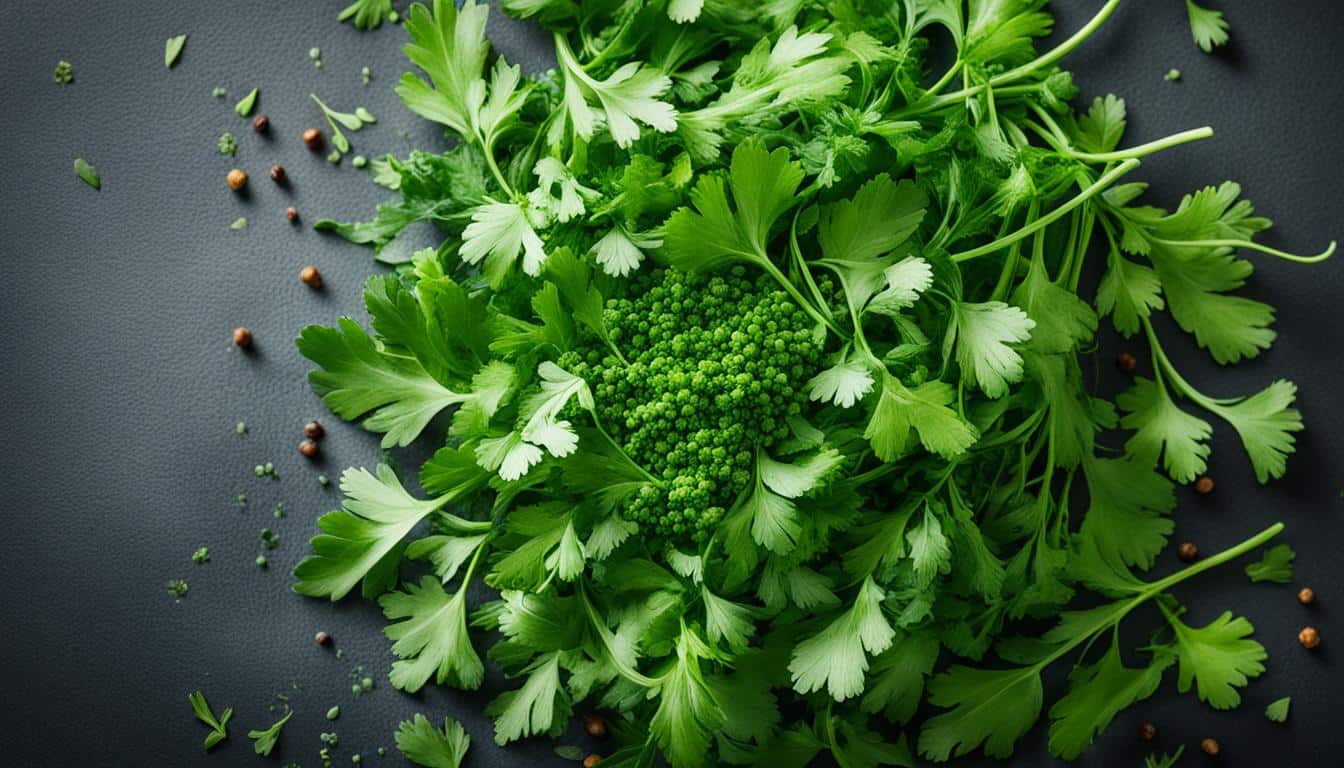
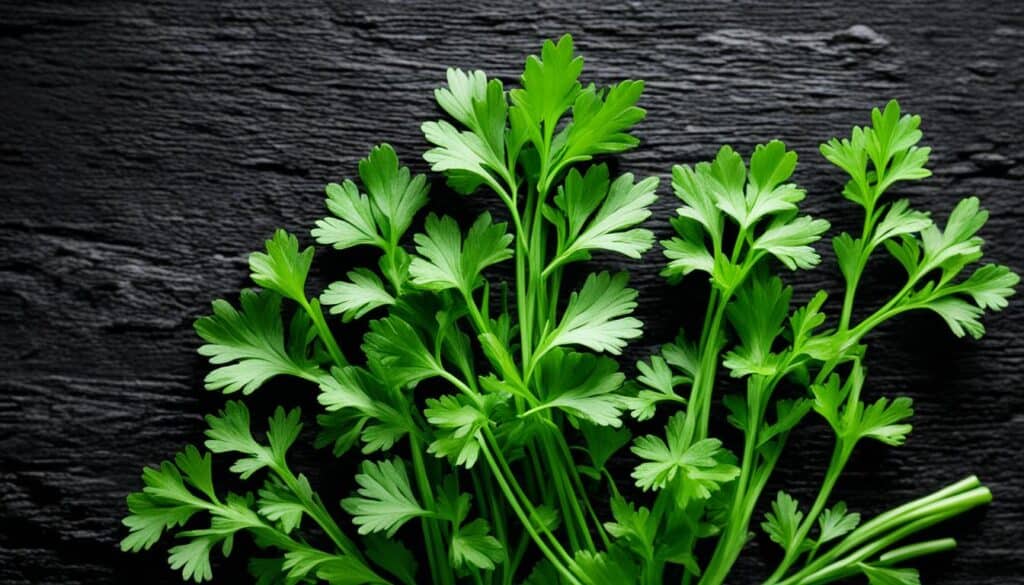
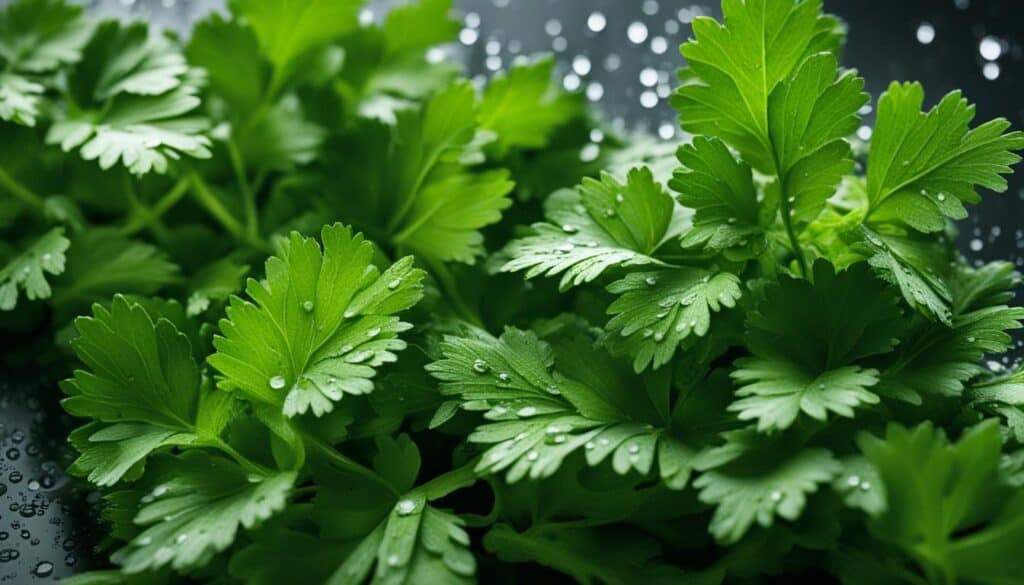
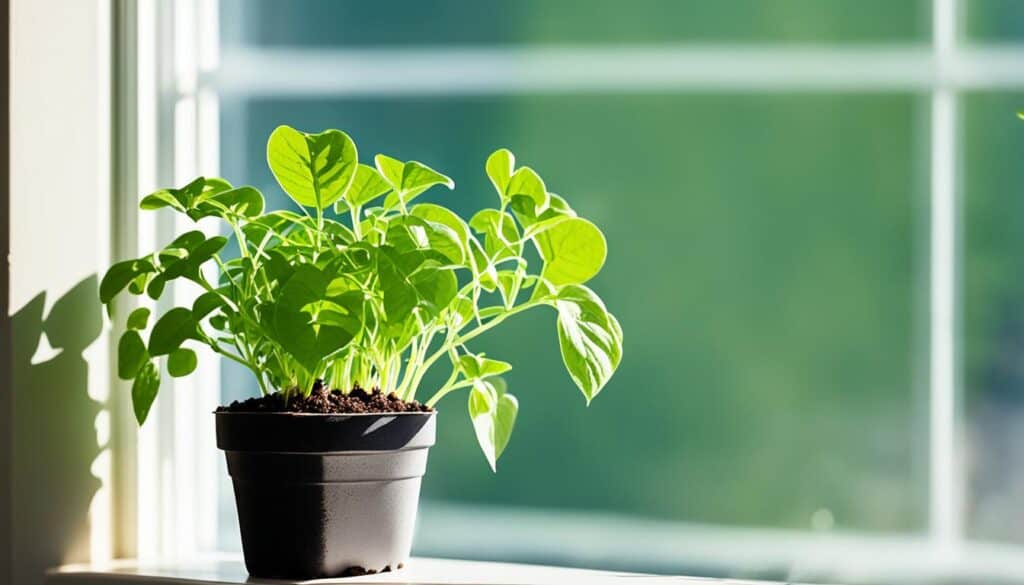
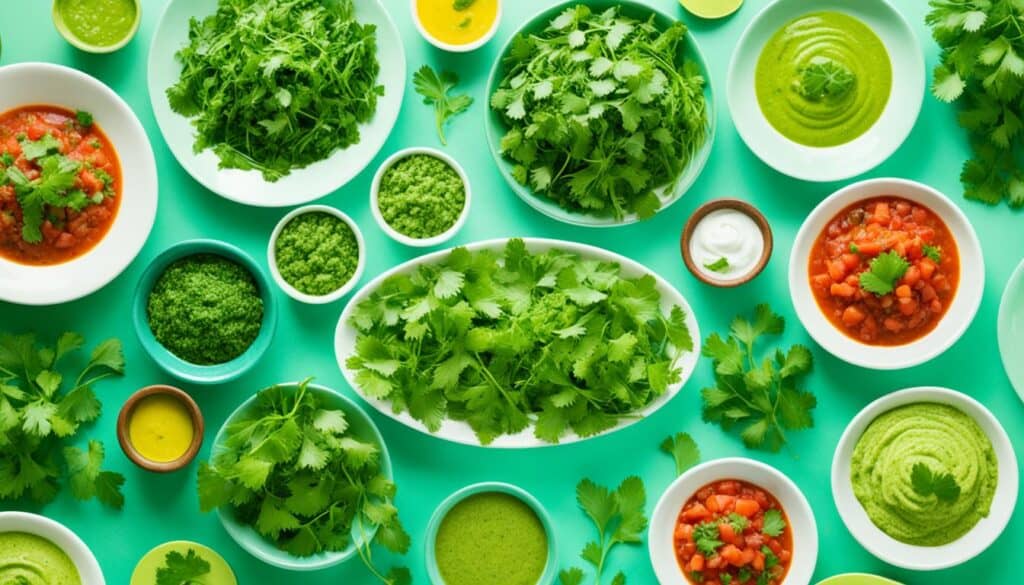


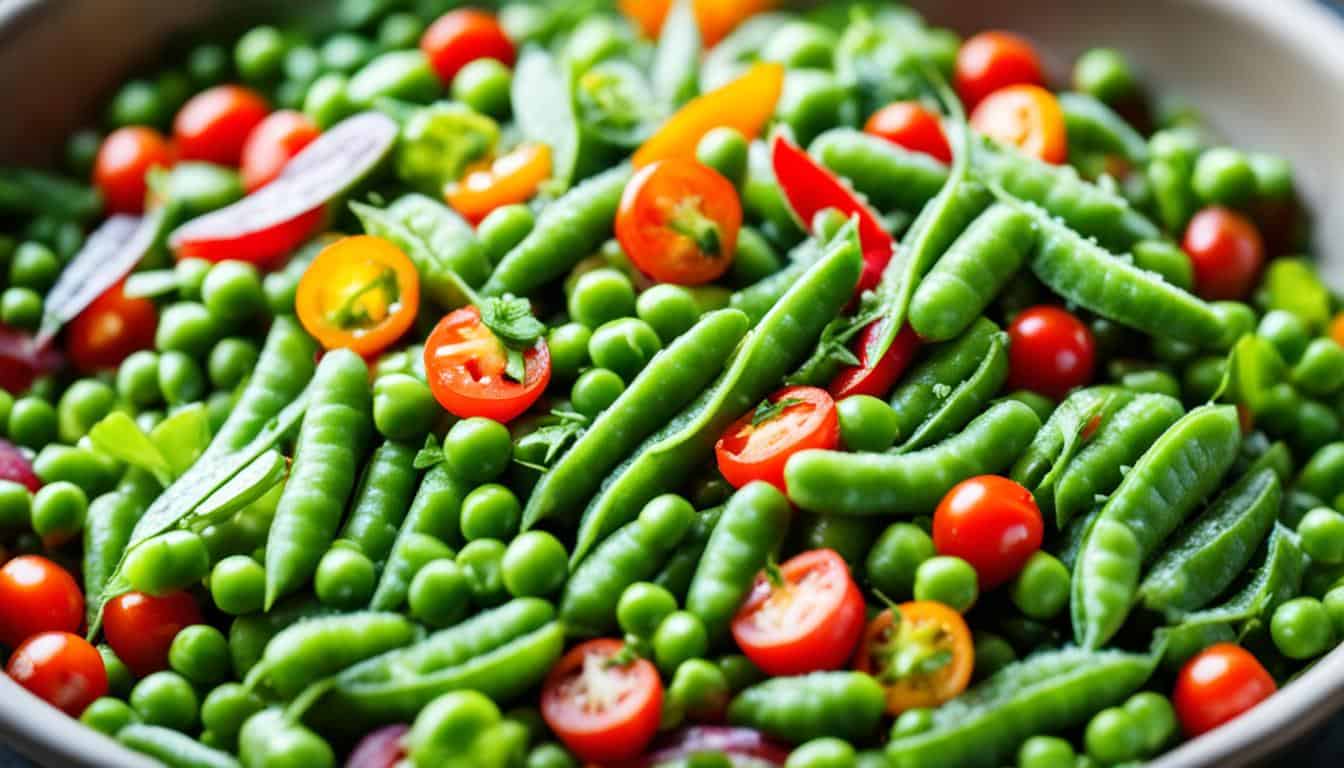
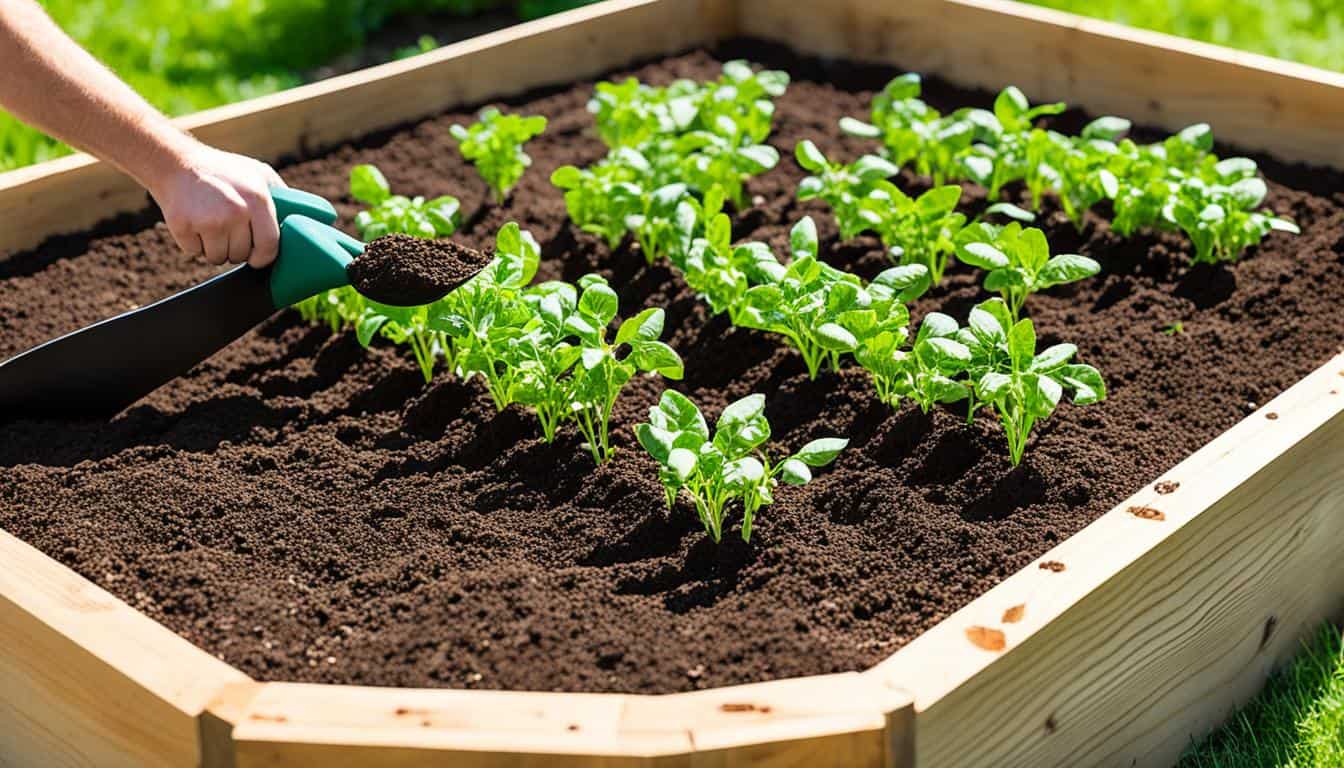
Leave a Reply